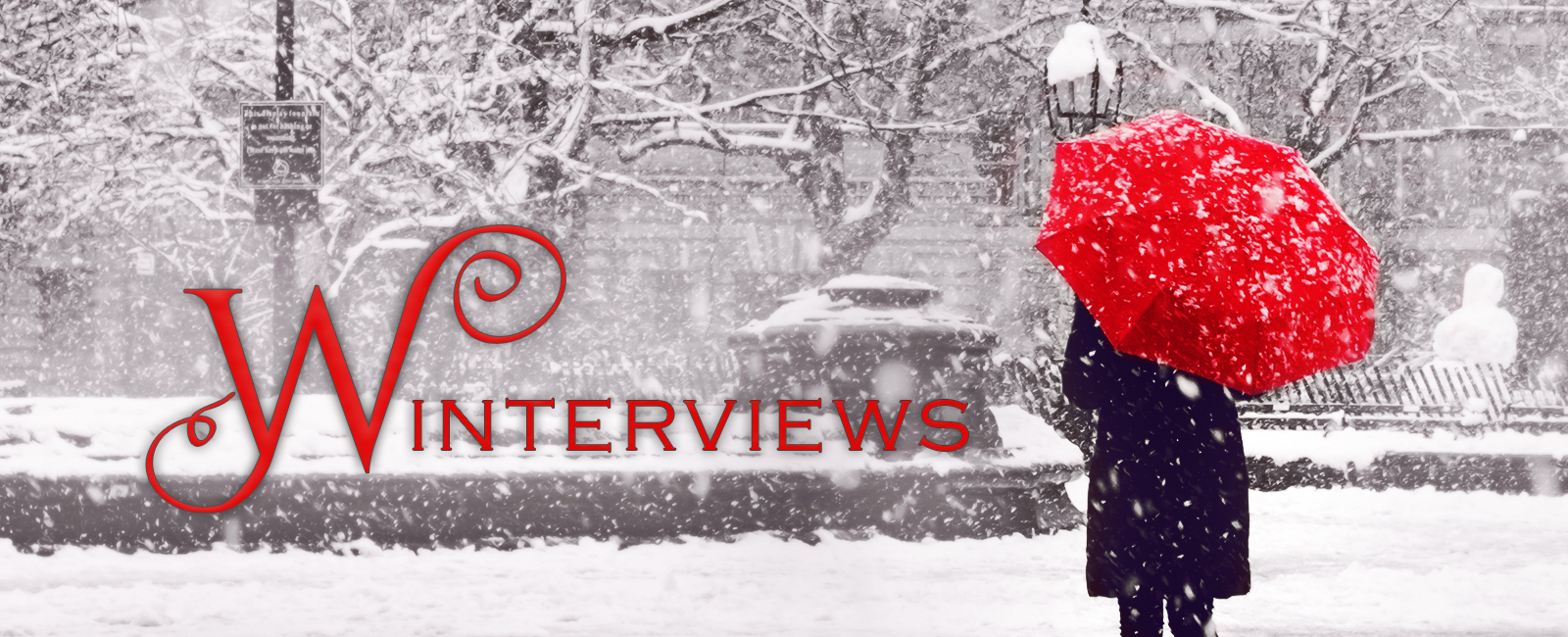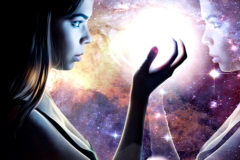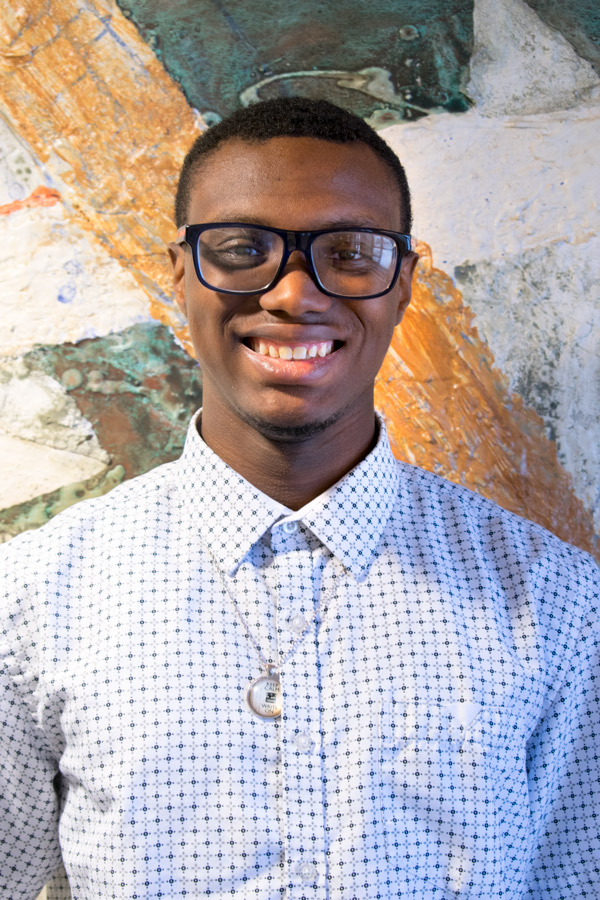Join us on the hashtag #13Winterviews, or check out this season’s articles:
Welcome to the Season | Winterviews Partners | 2019 Blog Hop | Book Pairings | Winterviews & Solstice Eve
This week on Winterviews we travel into worlds of a fantastical essence as we say hello to Ja-Mel Vinson.
Tell us a little bit about yourself.
I’m a sophomore in college, double majoring in Adolescent English Education and Creative Writing. I want to be a high school English teacher, and also teach a class or two on Creative Writing and Mythology if I’m able to. I was born and raised in NYC in Brooklyn—best borough there is, fight me—but I go to school upstate at SUNY Oswego.
What types of books do you write, and why?
Every book and book series I write tends to be a bit different from one another. They all fall under speculative fiction, but each one has its own distinct flavor and subgenres that it falls under. My debut novel Dreamer, for example, I consider science-fantasy (though others have said it leans much more heavily toward fantasy and they tend disregard the sci-fi aspect altogether—which admittedly is more soft than hard). My Greek God story (book one of a trilogy) is a mix of Steampunk and Mythology, another story I have in the works (book one of a separate series) is planned as a sort of soft-sci-fi/noir, murder story, and Fairytale (book one of five in a universe where all of the fictional stories we know are true and interact together) is a high-fantasy that also deals heavily in politics. My stories are all so wildly different that in order for me to find a sort of similarity, broad strokes have to be taken. But I enjoy it! It means each story is unique, and I never get tired of one because if I don’t want to work on it that day, I can dive straight into a different one!
What were your early influences, and how does this manifest in your work today?
Early influences on my writing… I don’t really think there were any… well, not in the early early days. I first remember getting obsessed with writing when I was 10 (mom says I wrote way before this), and when I would get in from school, I’d go to the computer and just write for hours and hours on end. Some of the stories featured pre-existing characters like Link and the Looney Tunes bunch, but there wasn’t a distinct story or TV show that influenced how I wrote. I used the characters for my own insane ideas. I don’t even remember reading much as a kid because I was so obsessed with my own writing that I did it every chance I could. Sometimes I read the same book multiple times, but they never really influenced the way I wrote.
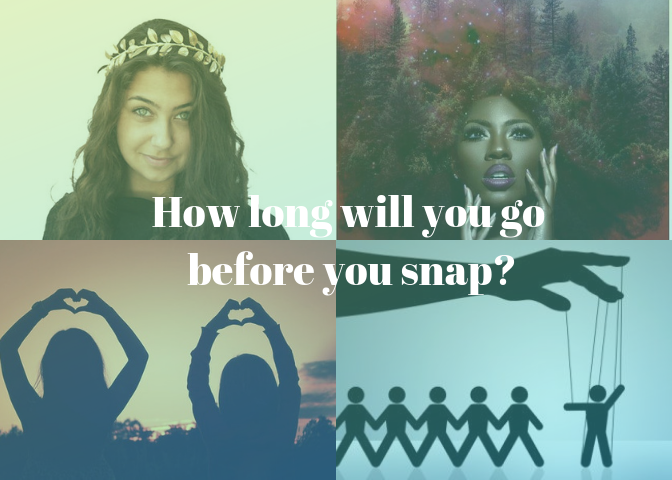
The first time I could really make an argument for something else influencing my work is really in 2014 when I started Fairytale’s first draft and re-started Dreamer. The concept of Fairytale was that it was originally a sequel to the 2014 Maleficent movie, where Maleficent’s daughter (and our protagonist), Jordyn, is best friends with a 16-year-old Aurora and they get into a situation that leaves them trapped on our world. They then have to get back home while Jordyn tries to repair the friendship. Though the story was based on a movie, the world was so much more different, the magic was explained a lot in full, there were characters from other fictional stories and fairytales that made appearances, and the book was incredibly self-aware of Jordyn and Maleficent’s Disney origins. I had fun making it, but it was nowhere near what Maleficent was. It was more its own thing than a sequel, which is why making Fairytale a unique story didn’t take much effort—though quite a bit of it has been rewritten and so much has been changed that even the first version I made is unrecognizable even more save for names and some small concepts.
Are there aspects of the craft that excite you more than others?
I kinda love each part of the craft for their own reasons. Some can be a bit grating, but none that I love over the others. I think it may be because I edit as I write, so one day I could be writing a new section, the next I could be rewriting it, the next I might (but never do) scrap it entirely and start from scratch. I’m also a plantser/pseudo-discovery writer, so I never feel the stress of trying to make something conform to or even the stress of having to make an outline.
Are you a pantser or a plotter?
I’m a plantser, a weird hybridization of both. I’m definitely much more a pantser, writing by the seat of my pants. My typical writing process is like this. I come up with the idea for the story. It’s typically a concept and I either start writing for it immediately and discover bits and pieces of the world and plot as I go, or I do a little bit of thinking on the world, but not really. A lot of it is so fluid (the timeline of these things) that they constantly go in and out of flux, whether I’m writing with the information already established or I’m trying to think of new world concepts—typically both at the same time. I also get ideas for random scenes and write them out and just stick them at the bottom of the word doc until I know what to do with them (like I did for Dreamer’s sequel).
Then, after I’ve come up with at least a little bit of the story and the characters and has their trajectories in my mind, I conduct interviews for them. I ask them the questions I’ve prepared, and though they answer based on the information that I already have for them in the doc and some other things I might’ve planned out, they tend to say things that either upend parts of the timeline or add in other things about their backstory, their character, their relationships with others, or things that they might’ve done. And, whenever I look back on all of these interviews (if the characters themselves don’t mention one event in relation to another), the events tend to form a timeline and general plot for the story, where I know which event will lead to which and in what order things will generally happen that work to fulfill their character arcs.
What books or websites are your go-to places while editing?
I don’t really use books or websites when I edit. Not anymore, anyway. As part of my Ado. English Ed. Major, we’re required to take Practical English Grammar (loved it so much!). And, from there, I’ve learned quite a bit about editing and grammar in general. It was even so good from just that one semester of study that my actual editor, Shaylin, said that my grammar was excellent and that she couldn’t believe that Dreamer was my first book! I don’t mean to brag, but I just took a grammar course and it helped immensely. I do still have the powerpoints to refer back to in case I need them, however.
Tell us about your writing space.
When I write, I tend to do it at my desk (unless I’m in the lounges at school or am just sitting in a chair). I always listen to music with my headphones, so I can block out the world. No interruptions. I’d paste a “do not disturb” sign to my body if I could. When I write, I like to not have distractions (aside from Twitter). When I’m editing and re-reading, though, I have no noise. Even someone having a conversation takes me out of it and I have to go to a place with either white noise (like the lounge) or no noise whatsoever.
Tell us about your latest book release.
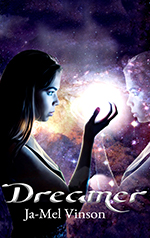
Dreamer’s the first book in the “Dream Come True” Series. Read more >
Where did you get the idea for Dreamer?
Well, I kinda alluded to this above, but Dreamer first came to me when I was 10. It was actually the first personal story I came up after my writing obsession started (or restarted). I had a dream about a girl named Maya Lilac whose dream came true (no joke, the story came from a dream) and I started writing. I only wrote a page on a composition notebook, and in the beginning, there was only Maya and her older sister, Lily. Then, I lost the page multiple times over the years, found it again in 2015, and started writing. I was super obsessed with and loved the 90’s show Charmed (still do!), so when I got back to Dreamer in 2014, that’s what the first version of the world was based on. It was still quite different from Charmed, but the Salem Witch Trials was the Dreamer Trials in the book (I said they were mistakenly called witches), they had guardian angels that stayed near them at all times and could shift into animal forms (I essentially merged the Whitelighters—Guardians of witches that didn’t fight in Charmed—and Familiars into one being), their powers and existence was hidden from the rest of the world, Maya was half-Angel at one point like Paige, an all-female family line/cast of people, and a few other things.
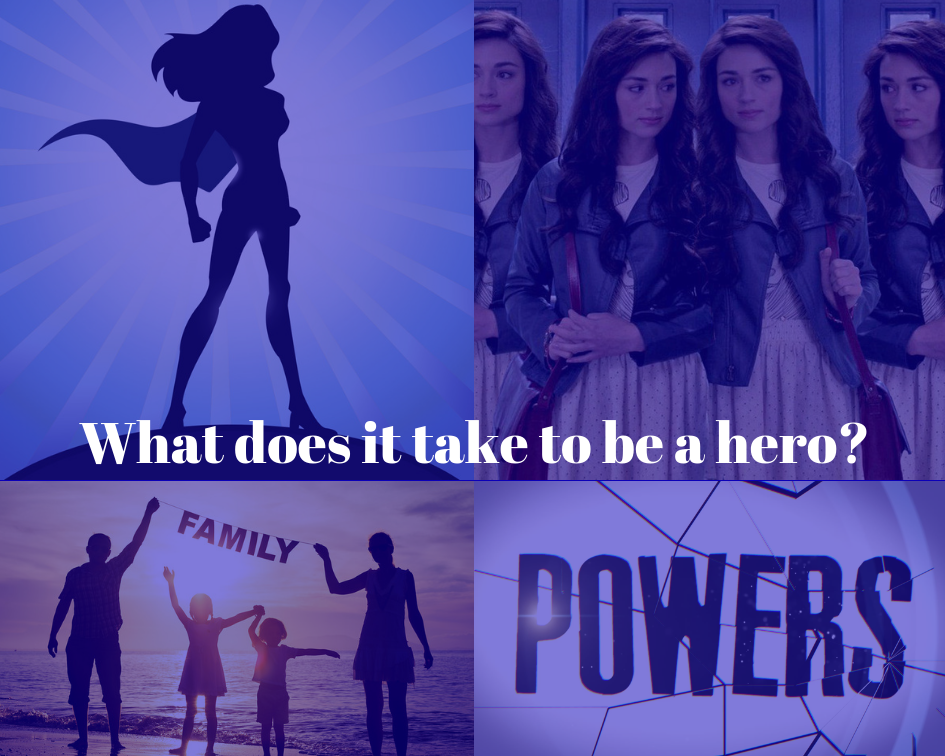
Some of these things (like Maya being half-Angel) died off throughout the five years of making this story, but quite a few of them stayed (Dreamkeepers are still the same way they were originally—albeit with a color scheme change) because they just made sense and appeased to logic. The story’s also gotten a much larger scope since we have multiple universes and a whole multiverse that exists in the story now as well as a few other things that Charmed never even broached the subject of. So, even though Charmed inspired the world of Dreamer in some ways and is kind of its parent, this book has had its autonomy and its differences from the very get-go (especially since Dreamer always had a huge emphasis on dreams and dreams coming true, which Charmed never even considered—still love the show with all my heart!)

